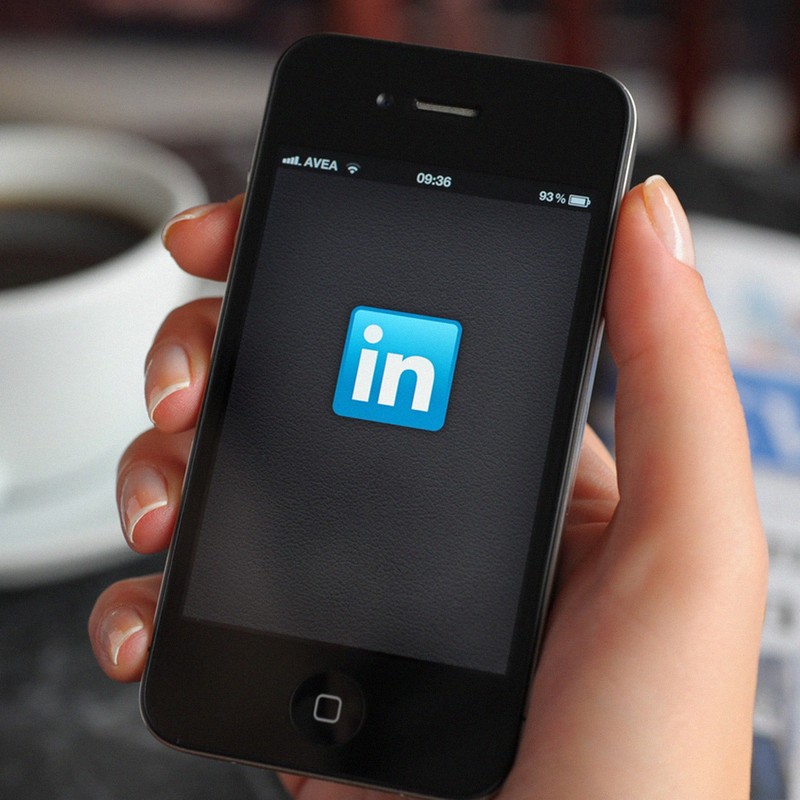
How To Get The Most Out Of LinkedIn
Know what you want
“What do you want to achieve by using LinkedIn? A job; peer relationships; B2C networking; B2B networking; joining specific LinkedIn groups?” asks Amol Ghemud a growth consultant at LinkedIn. “If you make it clear what you want, it will be much easier for the right people to get in touch with you.”
Remember, at the end of the day it’s your job to ensure your career progression makes sense to a recruiter. Jane Scudder from FairyGodBoss explains: “LinkedIn is a great medium to extract the key pieces of your career. Be sure someone can read your profile and understand what you're professionally about. Take advantage of endorsements so your connections can stay up-to-date on your skills and experiences.” Also, did you know that, by default, your full LinkedIn profile might not be public? “What is that doing for you, especially if you’re looking for a new job?” asks Jane. “Be sure your settings are public so people can learn about you easily.”
Tell a story
“Your CV highlights your most relevant work experience and tailors it for a role,” explains Jane. “Your LinkedIn tells a story about you and your career, along with your academic progression and interests, while also identifying similar professional connections. Your CV and LinkedIn profile content should not be redundant or compete with each other.”
To that end, Amol suggests there are some simple tweaks you can make to your profile. “Tell the world what it is you do and include relevant keywords so you're more likely to be found in search,” explains Amol. “Make sure you sell the benefits of what you do, not just your job title. If recruiters come looking for you on LinkedIn, they'll start with your summary, so make it clear and easy to understand the benefits of what you do and of linking up with you.”
Get recommendations
Your connections can write recommendations for your profile, and offer endorsements of your skills, and you can do the same in return. “Recommendations are personal testimonials that emphasise your professional abilities,” explains the Mind Tools team. “Aim to collect a handful of these (between five and ten is a good rule of thumb) by asking people you've worked with to write one for you. Ask them to highlight the particular attributes or achievements that have impressed them, rather than making general comments.”
Conversely, endorsements are simple notifications confirming that you have a particular skill. “They may lack the impact of custom-written recommendations, but if a connection endorses you for your leadership skills, for example, it can help you to stand out from the crowd,” the team adds. “Sure, references can be faked, but it gives other people confidence when they see some positive testimony to your abilities,” argues Amol. “Don't be afraid to ask peers and clients for endorsements – they don’t have to come from your boss.”
Respond… or don’t
Regular LinkedIn users will know to expect plenty of connection request and messages, but how you deal with the influx can greatly impact on your experience with the platform. Jane explains: “There’s a fair amount of sales-esque spam on LinkedIn, but when a recruiter reaches out with an opportunity, it’s a good idea to respond and connect with them. The world is small and tools like LinkedIn make it even smaller. Be kind, be responsive… you never know where it will take you.”
However, it worth exercising some degree of caution, and always keep it as professional as possible. “Add people who add value to your network and don't add those who don't,” explains Amol. “LinkedIn is not Facebook; you don't even have to add your mum and dad unless they are relevant to your professional career.”
Send a signal to recruiters
“Imagine this: you’re ready to start actively looking for a new job but you want to fly under the radar with your current employer,” posits Jane. By changing the setting on your LinkedIn profile, you’ll be able to let any number of recruiters that you’re actively looking for jobs, without notifying your boss that it’s the case. “On the right toolbar, when you’re on the ‘My Profile’ page, you’ll see an option to make your activity public or not. If you want to operate discreetly, turn this off,” explains Jane.
Use it to stay informed
If you’ve got an interview coming up or an important meeting, it’s worth using LinkedIn to check out the recruiters’ profiles, suggests Amol. “See what they’re like and prepare yourself a little more for that meeting.” Remember, LinkedIn can be used as a search engine for all things work – companies, jobs and more.
“You’ve likely already used it to explore job opportunities, learn about companies and research people before an interview, but have you used it to learn about the career paths of people in roles you might one day want?” asks Jane. “If not, you should. Try typing ‘Finance Manager’ into the search bar and select the category ‘People’. Then start clicking on profiles… you will be exposed to people who have had similar paths and different paths to you. There’s no better way to learn about career progression than from actual examples,” adds Jane.
Treat it like social media
“If you want to be visible in the minds of your peers; you need to post regular statuses that let them know what you're up to,” says Amol. “You can also use the publisher feature to write articles, host videos, show pictures, etc. Just remember they should always be relevant to your work (again LinkedIn is not Facebook), but you can develop a substantial degree of authority for your expertise by doing this.”
On this note, it’s also worth considering joining certain professional groups to expand your network. “You can always leave if they're spam-filled nonsense, but the best professional groups offer a chance for professional networking and further growing your relationships in your industry,” explains Amol. “You can't just join and forget about them, however. Start conversations, answer questions, be a part of your professional community.”
Keep up to date
“LinkedIn is going to help you attract opportunities, but relevant opportunities will only come if you keep your profile up to date so that people understand who you are now and not who you were three years ago,” warns Amol. “Getting the most out of LinkedIn isn't complicated; it's more a question of self-discipline.”
“Would you patch a roof in the middle of a snowstorm? No, you’d patch it (or hire someone to patch it) in advance of the storm. Likewise, you need to add updates to profile when you're not looking to leave your company,” explains Jane. “Even if you’re not actively searching, you never know who might come across your profile and want to connect. New business contacts could result in an opportunity down the road, or you'll just have the opportunity to be a good and kind person and help someone else.”
For more information on LinkedIn or how to get the most of it, visit LinkedIn.com, FairyGodBoss.com and MindTools.com.
DISCLAIMER: We endeavour to always credit the correct original source of every image we use. If you think a credit may be incorrect, please contact us at info@sheerluxe.com.





